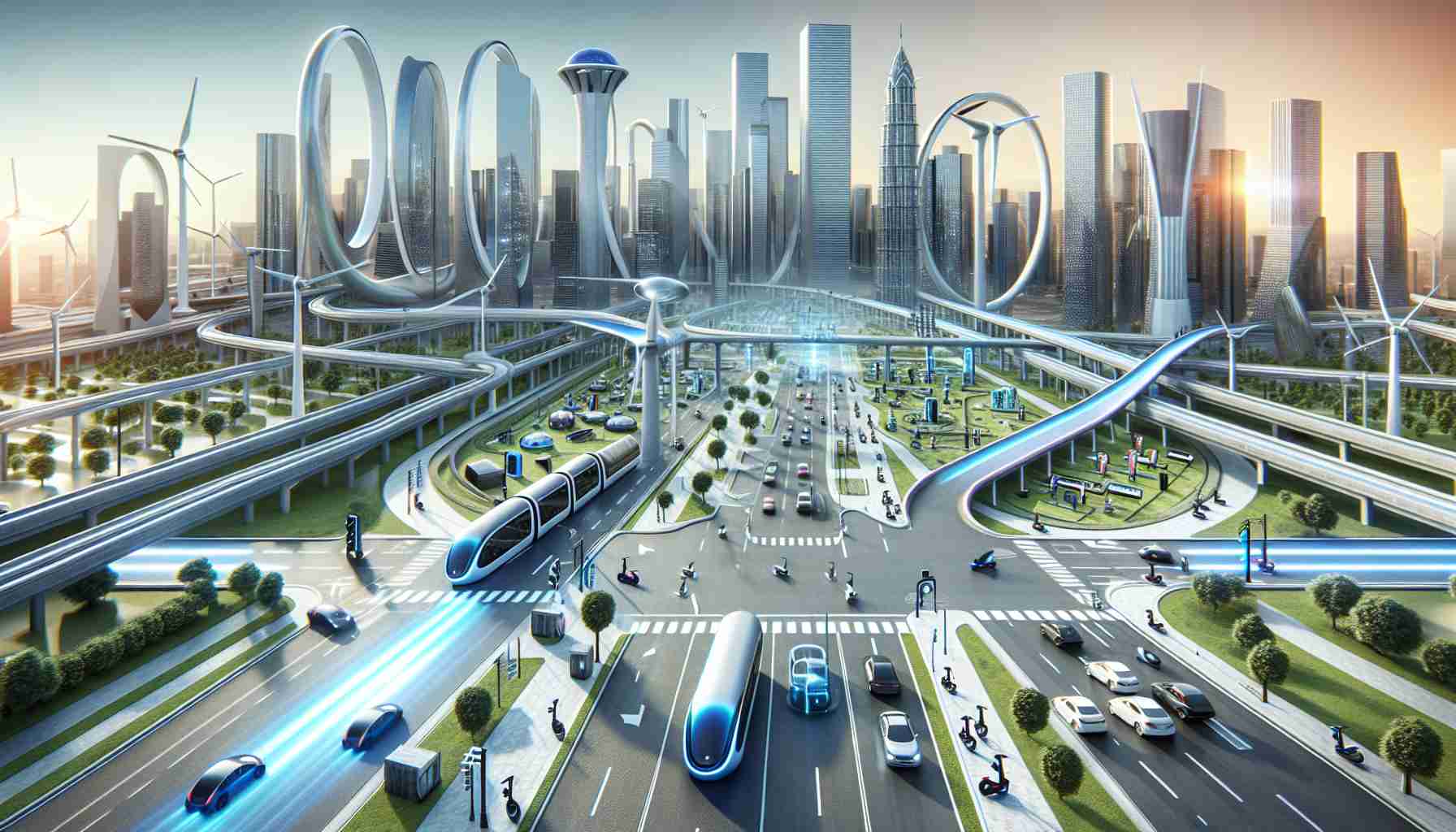Introducing the Visionary Transit Experience
Elon Musk has introduced a revolutionary mode of transportation that defies conventional norms. The latest innovation promises to reshape the way people move from one place to another. Without the reliance on a steering wheel or pedals, the new futuristic vehicle aims to redefine the concept of commuting.
Journey Towards Autonomy
The cutting-edge self-driving vehicle, boasting a sleek design, embodies the future of mobility. Passengers can sit back, relax, and enjoy the ride as the vehicle navigates seamlessly to their desired destination. The promise of a hassle-free commute without human intervention opens up endless possibilities for travelers.
Embracing a New Era
While skeptics raise concerns about the timeline for mass adoption, enthusiasts believe in the transformative power of this groundbreaking technology. The shift towards autonomous transportation signifies a monumental change in the industry landscape. As experts predict, this evolution will not occur overnight, but the potential for a transportation revolution is on the horizon.
Important Questions:
1. How will regulatory bodies address safety concerns related to autonomous transportation?
2. What impact will self-driving vehicles have on city infrastructure and urban planning?
3. How will the insurance industry adapt to the shift towards autonomous transportation?
4. What potential cybersecurity risks exist with interconnected autonomous vehicles?
5. How will the job market be affected by the widespread adoption of autonomous transportation?
Key Challenges/Controversies:
1. Safety: Ensuring the safety of passengers and pedestrians remains a critical challenge for autonomous vehicles.
2. Legal and Regulatory Hurdles: The lack of comprehensive regulations surrounding autonomous transportation poses legal challenges.
3. Public Acceptance: Convincing the general public of the reliability and safety of self-driving vehicles is a significant hurdle.
4. Ethical Dilemmas: Autonomous vehicles raise ethical questions such as how they should prioritize in case of unavoidable accidents.
5. Data Privacy Concerns: The collection of vast amounts of data by autonomous vehicles raises privacy issues and data security concerns.
Advantages:
1. Safety Improvements: Autonomous vehicles have the potential to reduce accidents caused by human error.
2. Increased Efficiency: Self-driving vehicles can optimize routes, reduce congestion, and enhance traffic flow.
3. Accessibility: Autonomous transportation can provide mobility solutions for individuals with disabilities or those unable to drive.
4. Environmental Benefits: The adoption of autonomous vehicles could lead to reduced emissions and overall environmental impact.
5. Productivity Gains: Passengers can utilize commute time for work or leisure activities instead of focusing on driving.
Disadvantages:
1. Technology Reliability: Concerns about the technology’s robustness and accuracy in various driving conditions.
2. Job Displacement: The widespread adoption of autonomous vehicles may lead to job losses in sectors such as transportation and logistics.
3. Cost Barriers: Initial investment costs for autonomous technology may limit its accessibility to certain populations.
4. Infrastructure Upgrades: Upgrading roadways and infrastructure to support autonomous vehicles can be costly and time-consuming.
5. Ethical and Legal Challenges: Addressing ethical dilemmas and establishing legal frameworks for autonomous transportation presents complex challenges.
Suggested related link: Ministry of Transport



